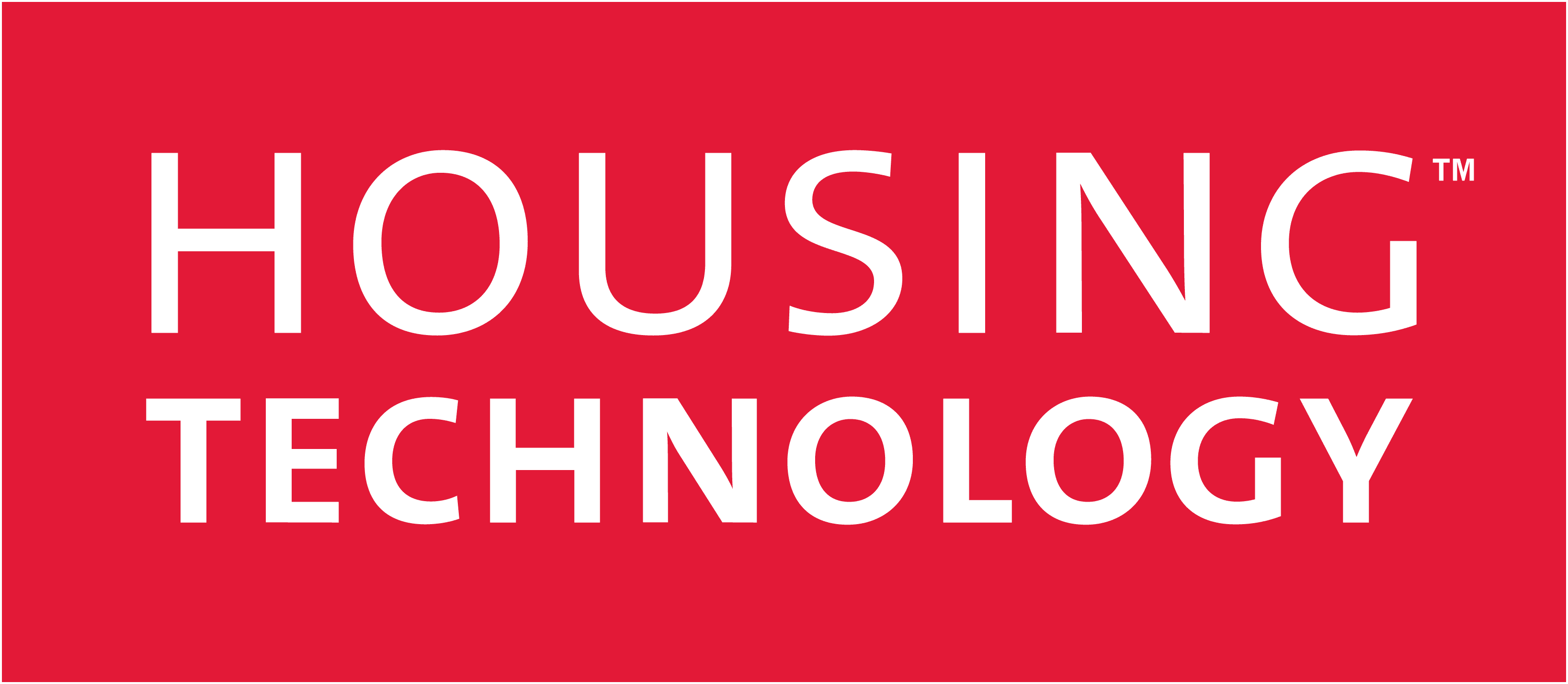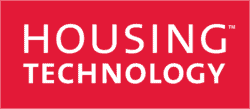Whether we like it or not, data is everywhere. When you fill in a form, that’s data. When asked in job interviews, “how would your friends describe you?”, that’s data. When you buy something online, that’s data. In fact, it’s this digital data that can prove invaluable to housing providers.
Every online transaction creates a digital trail. Data is captured from our browsing history, buying habits and social media posts, forming a digital version of our behaviour. When we interact online, we add data to our unique profile, and this can then start to anticipate future behaviours.
Digital twins of us
This is a simplistic view of what is termed digital twin technology; an online version of us that continues to build up and change over time.
If every resident has an online profile of any kind, they have a digital twin, and that’s the data which can be used to understand, support, use and sometimes even anticipate behaviours for the benefit of the analyser.
Is using data bad? Absolutely not. Never before have housing providers, local councils, charities or indeed organisations of any kind been able to understand their customers more and use data to better serve them.
Aggregating data
A simple example of this is Google Maps. Anyone who is signed into Google on a mobile device with active location services is contributing to Google Maps’ traffic data. That’s how it knows where the heavy (red) and free-flowing (green) traffic is and gives accurate journey times. It also collects data on your commonly-used routes, suggesting destinations by how regularly you travel there. This not only forms part of your digital twin, but also helps others.
How is this relevant to housing providers? A good example is the regulator asking all housing providers to improve their EPC ratings by 2025; to do this, they need data.
Capturing the right data
However, being a green landlord isn’t just about measuring how energy efficient your properties are and sticking some figures in a box. It’s about capturing the right data that shows a lot more: how people use buildings; where supply-chain failures could be; the impacts on and from the wider environment; and what behaviours we can learn from.
This data can then be used to create a picture of where, for example, there are pockets of fuel poverty, where there are external impacts you hadn’t considered and perhaps where you need to be more sustainable.
Avoid ‘green washing’
We need to turn to data-driven sustainability to make purposeful decisions. Using data in the right way means not falling into the trap of ‘green washing’, where data isn’t quite telling the full picture.
For example, Volkswagen admitted to cheating emissions tests by fitting various vehicles with defective devices, and Starbucks released a ‘straw-less lid’ as part of its sustainability drive, without sharing that it contained more plastic than the old lid and straw combined.
If we need to think differently about how we use data in social housing to define and drive sustainability, how do we do it? How can we get smarter at measuring our progress towards reducing our energy consumption? We have so much data at our fingertips that it can be overwhelming, plus we also have an inherent weakness towards relying on past events to tell us what might happen in future.
Your most valuable asset
But what else? Data, its collection and availability are constantly changing, and it’s arguably the most valuable asset of any organisation. This doesn’t have to be difficult because significant amounts of data are already available; data simply needs to be harnessed.
Satellite data can be used to understand many of the things housing providers need to know – access to transport, energy usage, movement patterns, capacity, employment, dependents and more. It’s out there and available, it just needs analysing.
For example, monitoring wide-scale energy usage could generate specific advice to residents about the most economical ways to run their homes. And by understanding tenants through their interests and digital-twin data, stronger, more supportive communities could be created.
Data is powerful in that it can be used to save money, but it is even more influential where it matters – supporting the people who mean the most and giving them the tools they need to thrive.
Helen MacMillan is head of business consulting at Waterstons.

